Opinion: What’s actually behind the cover of the book debate?
Recent complaints at school board meetings around the country regarding books in libraries raise the question about what is really driving this movement.
What are we really talking about here?
Opinions expressed in the Op/Ed section of The Knight Crier are not necessarily reflective of the views of the entire staff of the KC.
A high school library is the epicenter to some of the most vital resources a student can come across for educational matters and personal creative exploration, yet they have been found next on the list of a targeted conservative agenda. With resources and novels being cherry-picked due to broad reactionary outrage across the country, North Penn libraries are not exempt from this action.
“This is child pornography and you will be held accountable,” said Samantha Ferry of Hatfield Township, when referring to a controversial book in one of the many North Penn libraries at a school board meeting on October 21, 2021. “You should be in jail,” she additionally shouted at a board member.
The book in question, Gender Queer, a memoir by author Maia Kobabe, depicts a coming of age tale in graphic novel form for LGBTQ youth, or specifically gender non-conforming individuals. It’s a memoir with mature subjects, directly aimed at maturing audiences. Only one copy of Gender Queer is owned by North Penn School district, only being found in the library of North Penn High School, yet it’s being denounced as if the piece finds itself in any type of academic curriculum.
“Your children are being taught reverse racism and gender fluidity,” a staunch exclamation presented by Ferry further into the meeting.
These allegations of indoctrination within conspiratorial and accusatory buzz phrases of pornography and promiscuity are a myth. Libraries exist for leisure, only being used when necessary, and the books held are checked out only by a reader’s choice. Libraries exist to inform all topics, even those that can lead to potential discomfort. Gender Queer is no exception.
The book has 230 pages of comics, of which very few actually display explicit content, yet all pages convey mature themes that are essential for a piece directed at teenagers who are discovering their sense of self, as the piece is directed at young adults, not adolescents. Policing media that could inflict hypothetical discomfort on additionally hypothetical children is only a factor in this performative display.
Parents have the right to prevent their own children from reading content such as Gender Queer, but that right diminishes past their own families. These parents do not have the right to attempt censuring source material that could prove to be a valuable resource to other students or parents.
The failure to spark outrage by these same parents over sexually explicit and erotic heterosexual content within our libraries is fitting. By their view, a book like Atonement by Ian McEwan, also found in the North Penn High School library, should cause an uprising due to the book’s frequent and graphic sexual innuendos. Vivid scenes of explicity found in Atonement are incomparably more crude held up to those of Gender Queer. Yet these shallow outbursts cannot withstand their intrinsic motivations, as this is once again not about protecting children, but instead demonizing LGBTQ individuals and content that isn’t popularized by straight audiences.
Yet these shallow outbursts cannot withstand their intrinsic motivations, as this is once again not about protecting children, but instead demonizing LGBTQ individuals and content that isn’t popularized by straight audiences.
Despite this, Gender Queer has still been under scrutiny, with accusations of pedophilia and pornography, and LGBTQ individuals have indirectly felt the effects of such backlash.
The United States is severely deprived of beneficial sex education. Most schools have a basis of abstinence for their comprehensive sexual health curriculums, even though such strategies have been proven futile. Courses that dive into topics of pregnancy and STD prevention, consent, and positive sexual health are untaught due to the taboo placed on sex in the United States. Sexuality and gender identity are barely thought of, core concepts that LGBTQ students are therefore shunned from.
As a result of this ultimate failure, it’s vital that students, including those that do not identify as straight, have access to these library resources that can contribute to answering their questions about their overall health and well-being. These students deserve media that validate their identities, and assure them that diverging from heteronormativity should be accepted. Narrow perceptions of the content within Gender Queer should not dictate the sweeping of this book off all shelves, as public schools were designed to uphold and accommodate viewpoints of all students.
Censuring this content is not only met with detrimental factors like shunning adolescents from complex world issues, but it’s also unconstitutional. In a 1982 United States Supreme Court ruling, Island Trees School District v. Pico by Pico, it was determined the first amendment imposes limitations on a school board’s endeavor to withdraw books from public school libraries. Constitutional rights like freedom of speech and expression are still observed in a classroom setting.
Understanding the vitality of queer-positive literature in educational settings is of utmost importance in regards to representation. All people like to feel seen in unique ways, and that aspect does not cease when LGBTQ individuals come into consideration. Instead of pointing fingers and shouting names, expand horizons and embrace opposing viewpoints, especially at a moment in time when minorities need to be heard.





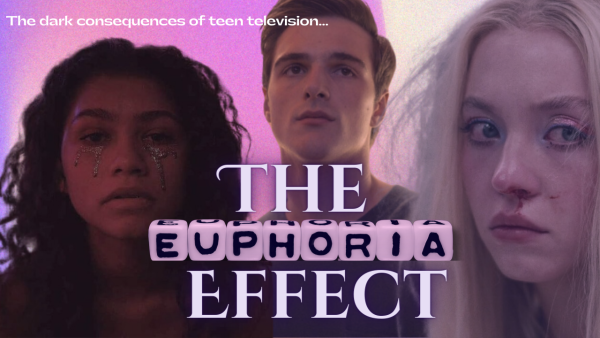
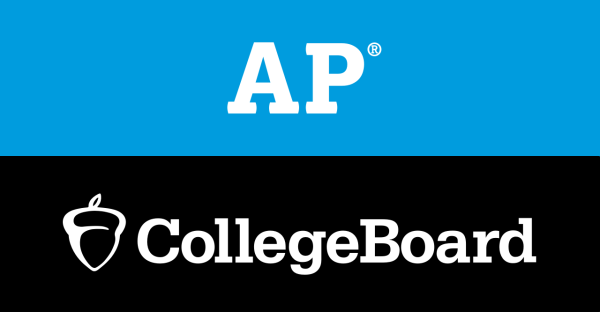


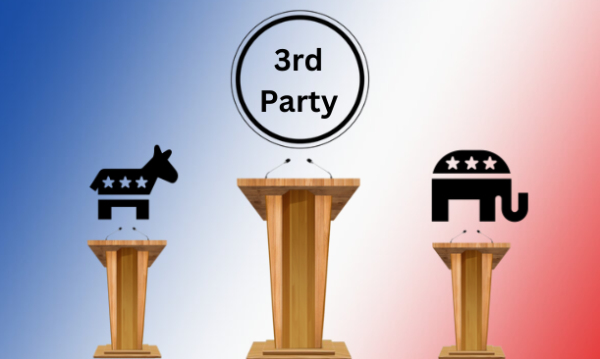

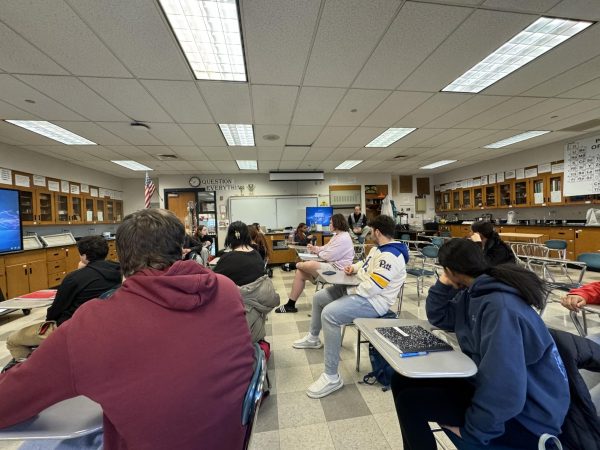
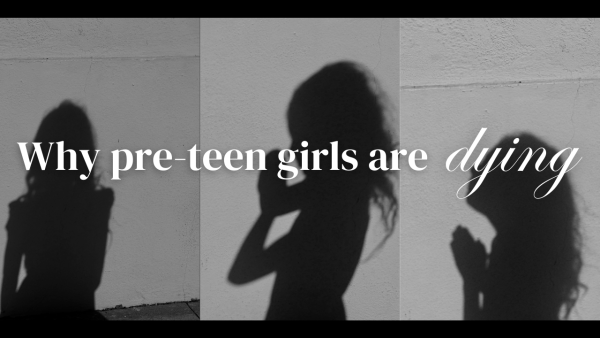
Ethan Fox • Nov 29, 2021 at 9:07 am
Loved the article! I believe it covered the struggles of LGBTQ struggles well and loved that you had the bravery to talk about tough topics like this. Please keep writing!
Anonymous • Nov 23, 2021 at 11:05 am
Everything about this is wrong. Once again, your political agenda is evident. Apparently, you’re not capable of writing anything productive. You failed to mention the other books that are currently being challenged; like All Boy Aren’t Blue which was in Oak Park Elementary School. I wonder why? Oh that’s right, it doesn’t fit your narrative.
Let’s talk about Gender Queer. A book can’t get more explicit than what’s in this book. It includes a graphic depiction of two “men” sucking on one another’s genitalia. This book, and all of the books being challenged do not belong in a school library specifically meant for children.
Your failure to see reality or meet any standard of decency is frightening.
Put these books in a public library not a child’s library. It’s ridiculous that you can defend these books. You and every other teenager like you, is what is wrong with America.
Ethan Fox • Nov 29, 2021 at 10:01 am
Hello there! Just wondering why you put quotations around the word “men”. I think people would appreciate it if you responded with your name as opposed to the word “anonymous” as the form says. Anyways, I hope you have a nice day.